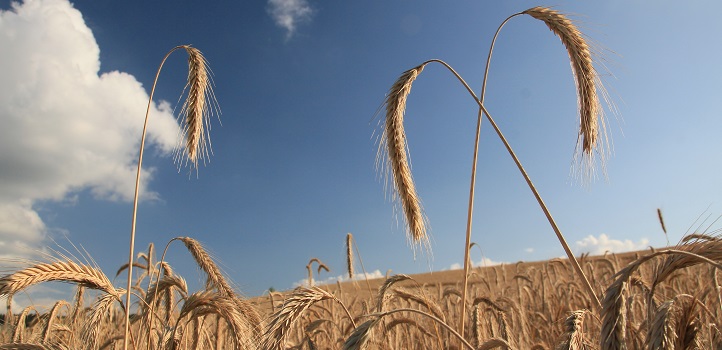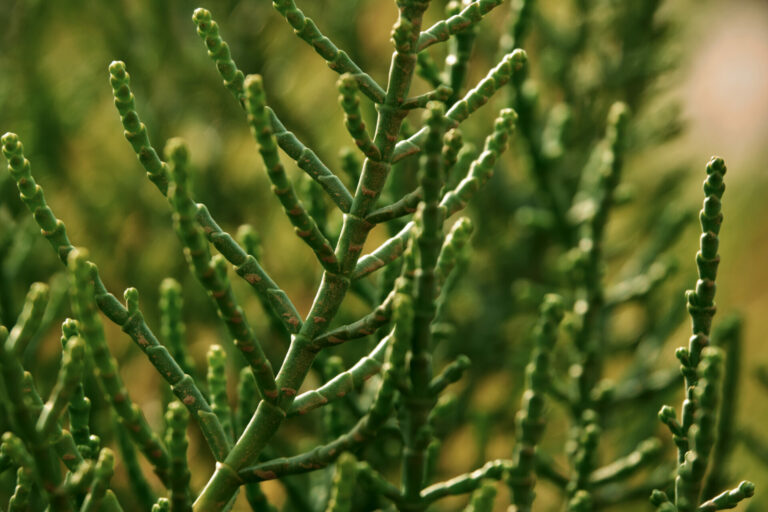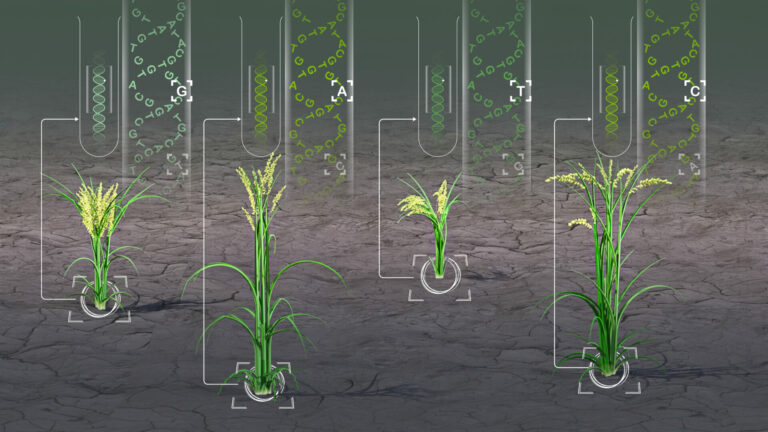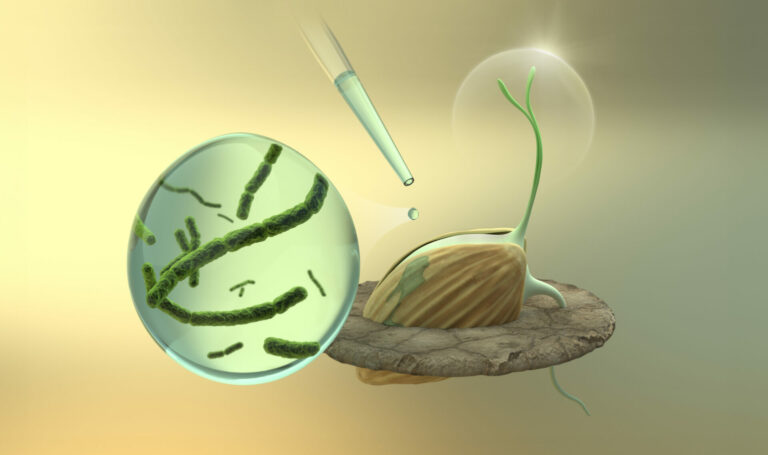Plant Science
Finding ways to feed the world
Genome editing techniques have the power to transform crop yields and plant resilience to feed the growing global population.

By 2050, global food production will have to almost double to feed the predicted population of 9 billion people. Yet achieving food security for the future is plagued with challenges, from increasing pressures of global warming and shifting climatic belts, to a lack of viable agricultural land and the significant burdens on freshwater resources.
Plant scientists at KAUST are searching for ways to improve crop resilience, boost plant stress resistance and combat emerging diseases. By showcasing the latest genome editing technologies, the team is highlighting ways of securing enough nutritious, high-quality food to feed the world’s growing population.
“Essentially, we must work from the bottom-up to alleviate poverty and undernourishment,” says Mark Tester, a plant scientist with a strong interest in developing salt-tolerant crops. “Studies have shown that, if the incomes of smallholder farmers are increased, poverty reduces rapidly. It is vital that farmers have access to crop plants that will provide the best possible yield within their given environment. This is feasible using safe and affordable genome editing techniques.”

Bowls of traditionally grown quinoa. Quinoa is an incredibly resilient plant that can grow in poor, salty soils and at high altitudes. It has the potential to provide a healthy, nutritious food source for the world using land and water that currently cannot be used. A KAUST team sequenced the plant, which will allow breeders to control plant size to favor shorter, stockier plants with sweeter tasting seeds.
© 2019 Mark Tester
Farmers have been genetically selecting crop plants for thousands of years, choosing superior-looking plants (based on their appearance or phenotype) for breeding. From the early 20th century, following breakthroughs in understanding of genetic inheritance, plant breeders have deliberately cross-bred crop cultivars to make improvements. However, phenotypic selection is time-consuming and often expensive.
“Since the 1990s, phenotypic selection has been aided by DNA sequence tags that are associated with favorable traits. However, this has issues because if a trait does not exist within the gene pool for a particular species, then it can’t be selected,” says Simon Krattinger, an expert in cereal genetics and plant-pathogen interactions.
Other techniques include genetic modification (GM), which involves inducing random mutations in plants or incorporating genes from other species (transgenics). The idea of GM foods continues to raise safety fears in the general public, particularly in those regions that have not yet had to rely on such methods to feed their populations. Thanks to the GM stigma, it may be difficult to persuade people that genome editing is safe.
“Genome editing is a targeted, precise method of tweaking a natural plant to be more resilient and produce higher yields, without the need for incorporating foreign DNA or antibiotic resistance from bacterial genes—it is an entirely different process from GM,” says Magdy Mahfouz, who is heavily involved in developing and refining genome editing techniques. “These exciting techniques mean that it is now feasible to introduce specific DNA changes into a crop species and induce traits that did not exist before.”
Mahfouz hopes to accelerate and expand the scope of next-generation plant genome engineering, with a specific focus on nutritional cereal crops and plant responses to abiotic stresses. A key editing technique Mahfouz is working with is CRISPR—molecular scissors that allow scientists to snip out and replace specific fragments within DNA. His team recently developed a CRISPR platform that allows them to efficiently engineer traits of agricultural value across diverse crop species. Their primary goal is to breed crops that perform well under climate-related stresses.
“We also want to unlock the potential of wild plants, and we are working on CRISPR-guided domestication of wild plants that are tolerant of hostile environments, including arid regions and saline soils,” says Mahfouz.
Krattinger and coworkers recently used CRISPR to introduce disease resistance into rice. With 10-15 percent of the global harvest lost each year to disease, inducing resistance is hugely valuable.
Salim Al-Babili and his team have long used transgenics to enhance crop nutrition by transferring genes across species and they are excited to explore the more refined approaches offered by genomic editing.
“We successfully increased provitamin A content in crops like Golden Rice using transgenic approaches. However, genome editing opens up unprecedented possibilities for crop improvement,” says Al-Babili. “Now, we’re identifying target genes that can be edited to increase pearl millet’s resistance to the root parasite Striga, which causes enormous losses in African cereal production.”

Striga hermonthica is a parasitic plant that attacks the roots of crop plants, robbing their nutrition.
© 2019 Vinicius Lube
However, Krattinger notes, while disease resistance is relatively simple to tweak—because it is controlled by only a few genes—more complex traits, such as overall yield or drought tolerance, controlled by hundreds of genes working together, have a far more challenging editing process. KAUST teams will continue trialing and refining techniques for complex traits in the coming years.
With climate change shifting pathogenic strongholds and presenting new agricultural challenges, it is time to encourage people to embrace these technologies. Education across all nations is vital to secure our future food supplies, notes Tester.
References
- Zaidi, S.S., Vanderschuren, H., Qaim, M., Mahfouz, M.M., Kohli, A., Monsoor, S. & Tester, M. New plant breeding technologies for food security. Science 363, 1390-1391 (2019).| article
You might also like

Bioscience
Hidden flexibility in plant communication revealed

Plant Science
Reference genomes for rice’s wild relatives may boost future crops

Bioscience
Digging into the world of plant-growth-promoting microbes

Environmental Science and Engineering
Hydrogen storage solution could lie in lakes

Bioscience
Unraveling modern bread wheat from the genes up

Bioscience
Why do some plants thrive in saline conditions?

Bioengineering
Analytic tool reveals more cream of the crops

Plant Science




